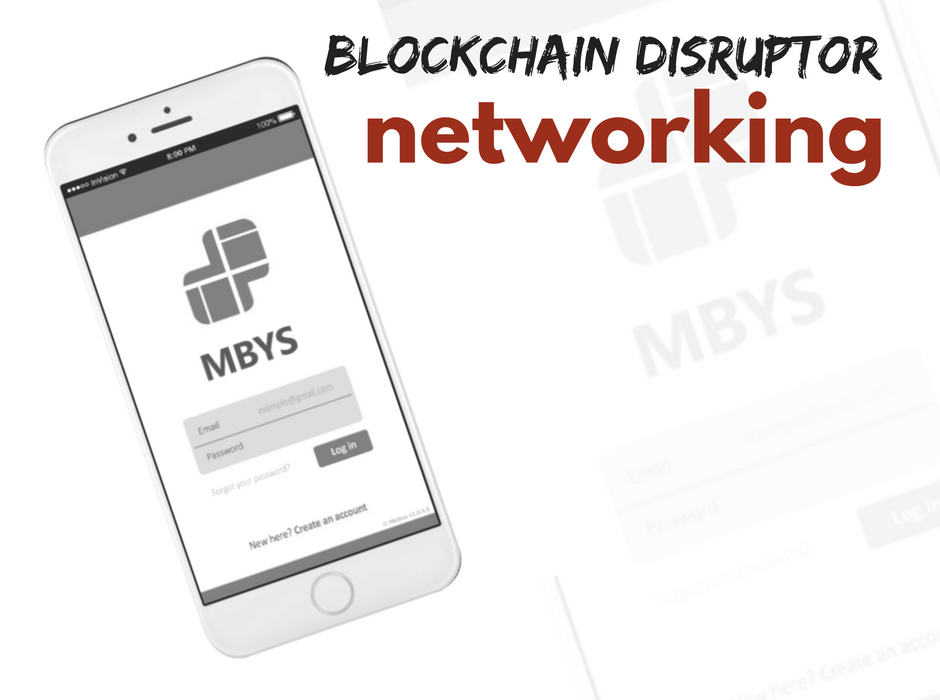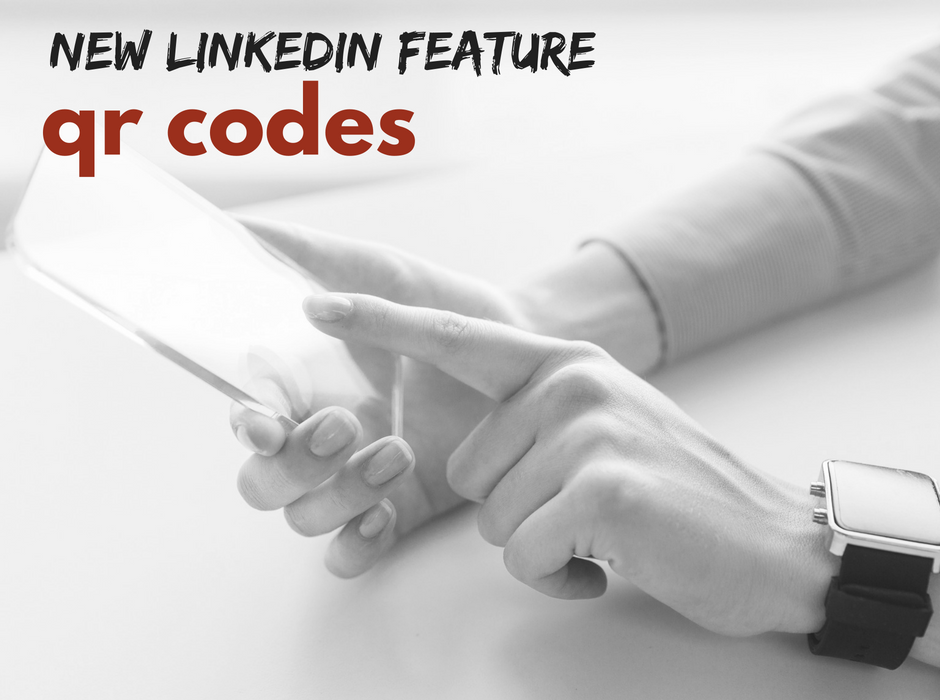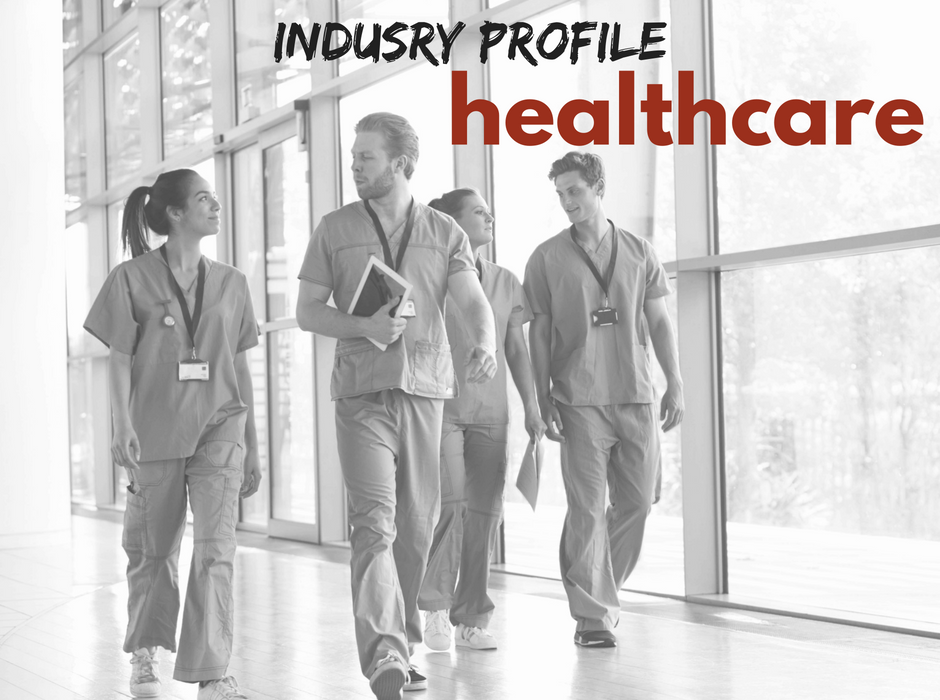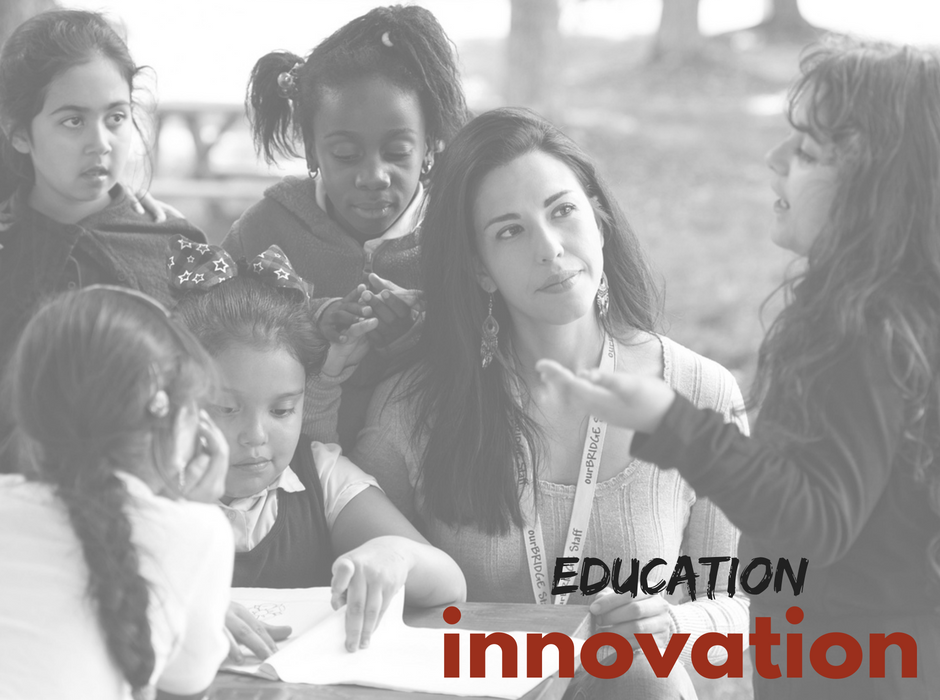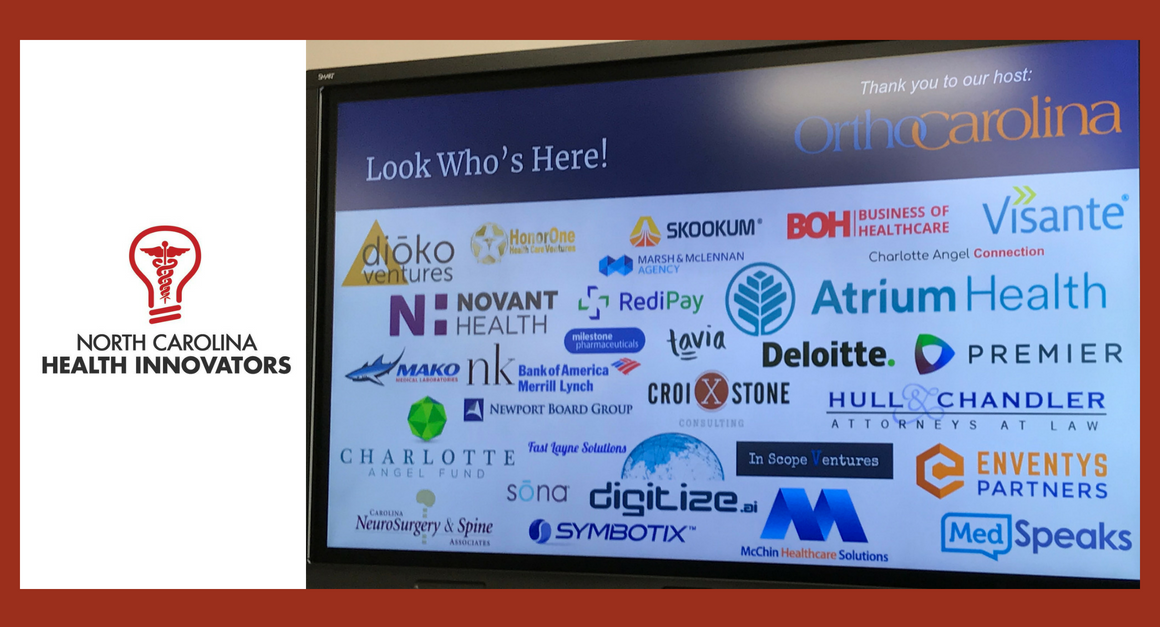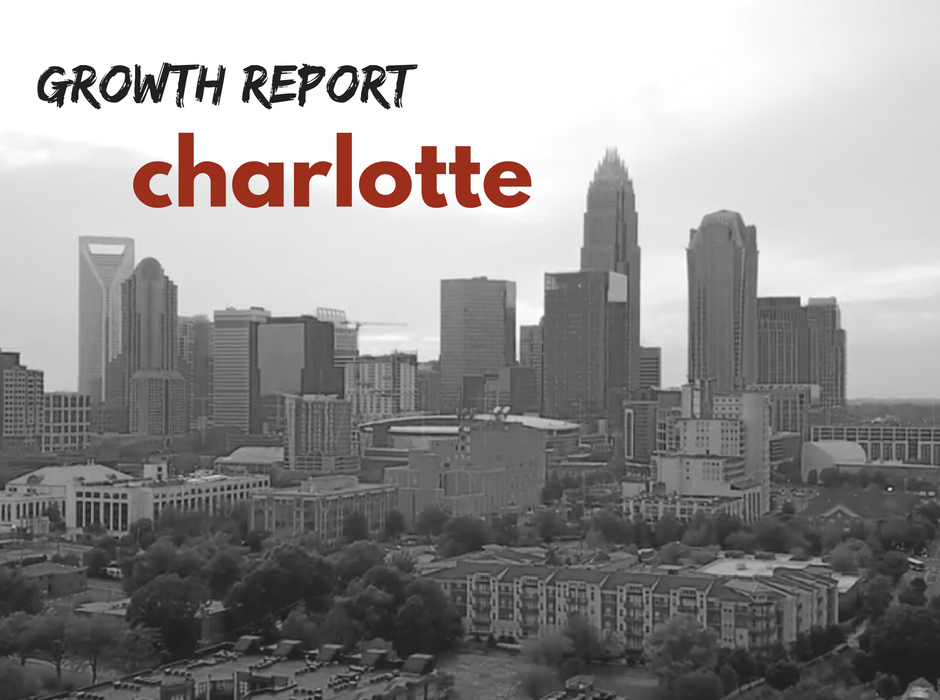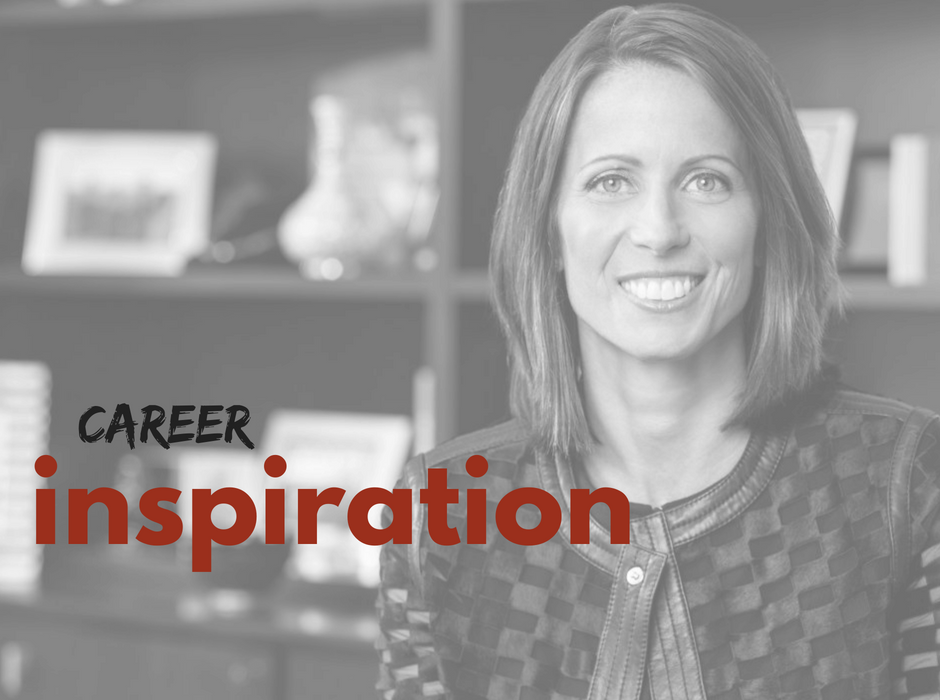Blockchain Disruptor
LinkedIn, the social network that currently boasts 560 million members, works hard to monetize all of those profiles with sales of data to third parties. While the professional networking site continues to grow in size, there are many who believe the LinkedIn business model is ripe for disruption. Omar Zaki, a Yale graduate and CEO of MYBS (pronounced “moe-bee-uh-s”) is one of those disruptors. Learn how MYBS believes that blockchain is the key to disrupting LinkedIn’s business model here.

